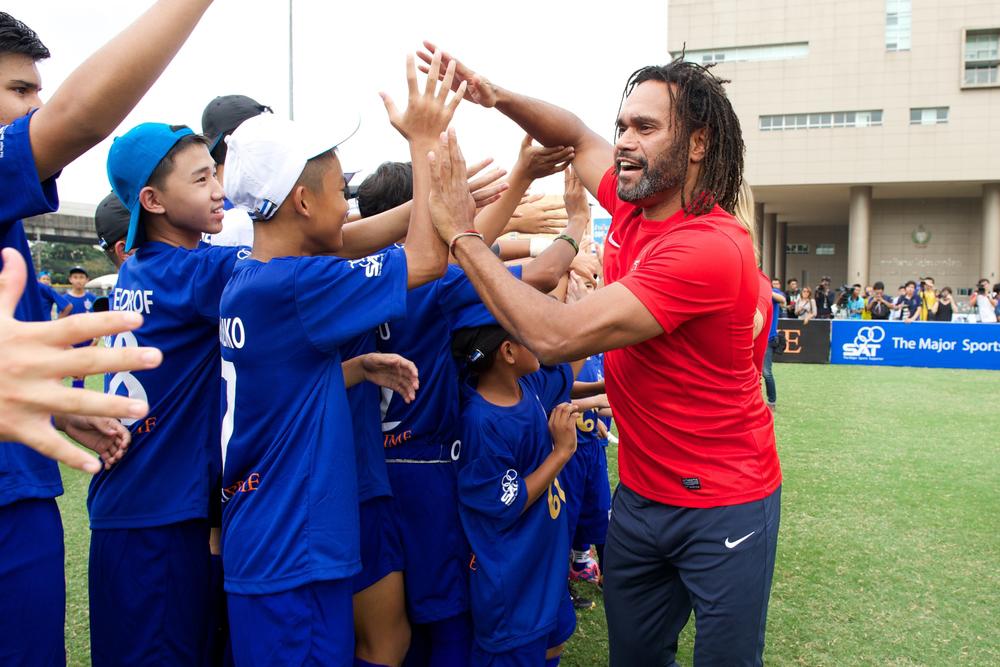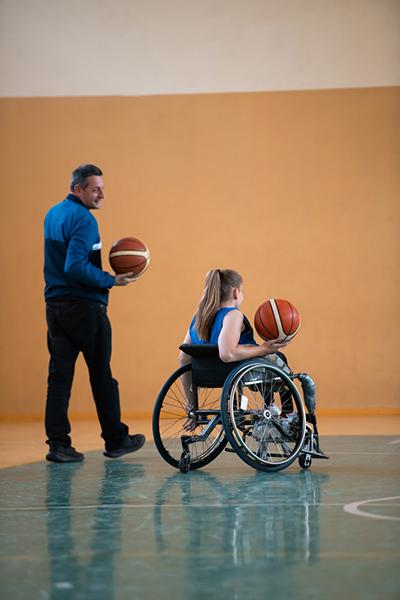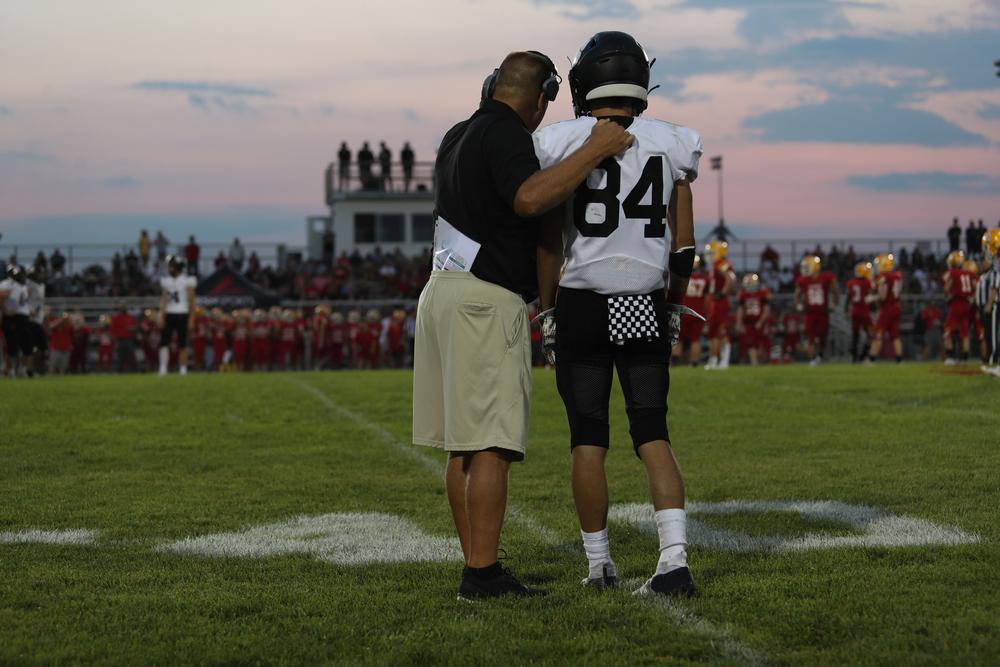 Content Warning: This article contains mentions of bullying.
Content Warning: This article contains mentions of bullying.
Teammates who regularly spend time praising, acknowledging, and appreciating each other will work better as a unit. And as the sport cliche goes, sometimes the best offense is a good defense. When coaching a team, creating a culture of appreciation is absolutely the best defense against bullying and other issues amongst teammates. The good news is that it doesn’t take much work to develop this culture, although in this case, more is better!
“The more coaches can do with regards to relationship building, the stronger a team will be,” says TrueSport Expert Nadia Kyba, a social worker and expert in conflict resolution. “This is just as important as skill building.”
Here, Kyba shares a few simple ways to add appreciation into practices and game days.
Appreciation means acceptance
Often, coaches view teams as a single homogenous organism. But young athletes join teams for different reasons: Some truly love that specific sport, while others are simply looking for a sense of community, a way to have fun with friends, or a way to stay active. “That means that athletes bring with them really different personal values,” says Kyba. “Having that diversity is always a great thing for teams, but it’s important to foster a sense of belonging by recognizing and appreciating those differences in the team members.”
Set the example
It is important for teammates to appreciate each other, but it’s best if that practice starts with you. As a coach, you are the primary driver behind the atmosphere of the team. “If you’re able to point out what you appreciate about different players and the unique things that they bring to the team, then they will feel accepted, seen, and acknowledged,” says Kyba. “Ultimately, you’re going to build trust and foster stronger relationships.”
Start team appreciation early
 Appreciation rarely will happen organically for a whole team. “You need to be intentional about it,” says Kyba. “Plan it into your training schedule. For example, once a week, end a practice with an appreciation exercise. You can have the kids go around and say one thing that they appreciate about each person on the team, or just one thing about the person sitting next to them in the circle. The coaches should do it as well, so that they are role-modeling the desired behavior.” During appreciation activities, make sure athletes aren’t just appreciating their friends!
Appreciation rarely will happen organically for a whole team. “You need to be intentional about it,” says Kyba. “Plan it into your training schedule. For example, once a week, end a practice with an appreciation exercise. You can have the kids go around and say one thing that they appreciate about each person on the team, or just one thing about the person sitting next to them in the circle. The coaches should do it as well, so that they are role-modeling the desired behavior.” During appreciation activities, make sure athletes aren’t just appreciating their friends!
Make it fun
You can mix up the ways you do appreciation exercises. Kyba likes one where each athlete has a piece of paper taped to their back, and everyone walks around and writes one nice word or sentence about the person. “That way, each athlete has that piece of paper as a physical reminder of how much their team appreciates them,” she says. You can frame the papers and post them somewhere for everyone to see, or the athlete can keep it.
Get older players to buy in
 Some athletes might feel silly or uncool doing an earnest appreciation circle or other appreciation activity. But that can be remedied by asking team leaders for help. “Practicing appreciation as a team is helped by peer leadership,” says Kyba. “If you have leaders or older players on your team, encourage them to lead these appreciation games. It’s harder for a young athlete to sit out during an appreciation exercise if one of the team members is leading it.”
Some athletes might feel silly or uncool doing an earnest appreciation circle or other appreciation activity. But that can be remedied by asking team leaders for help. “Practicing appreciation as a team is helped by peer leadership,” says Kyba. “If you have leaders or older players on your team, encourage them to lead these appreciation games. It’s harder for a young athlete to sit out during an appreciation exercise if one of the team members is leading it.”
Peer-led appreciation can also lead to powerful results. “I was interviewing some varsity field hockey athletes and they talked a lot about their coach who was very enthusiastic about appreciation,” Kyba says. “She created a ‘secret buddy’ system where she would match up new athletes with older mentors for training camps. Those older athletes would be responsible for doing little things like sending notes about what they appreciated about the new player. That feedback really inspired the team and made them much closer—and they performed better as a result.”
Practice appreciation at all times
Post-game—especially if the game didn’t go according to plan!—have athletes sit in a circle and take turns saying what they appreciate about another player. “This should be a practice after every game,” Kyba says. “A lot of coaches will only do things like this after successful games or matches, but it’s more important to do these activities when things aren’t going well.”
_____________________
Takeaway
Practicing appreciation is a simple and powerful means of preventing undesirable behaviors, like bullying, on a team. Fortunately, implementing a system of appreciation is easy with these quick tips.



